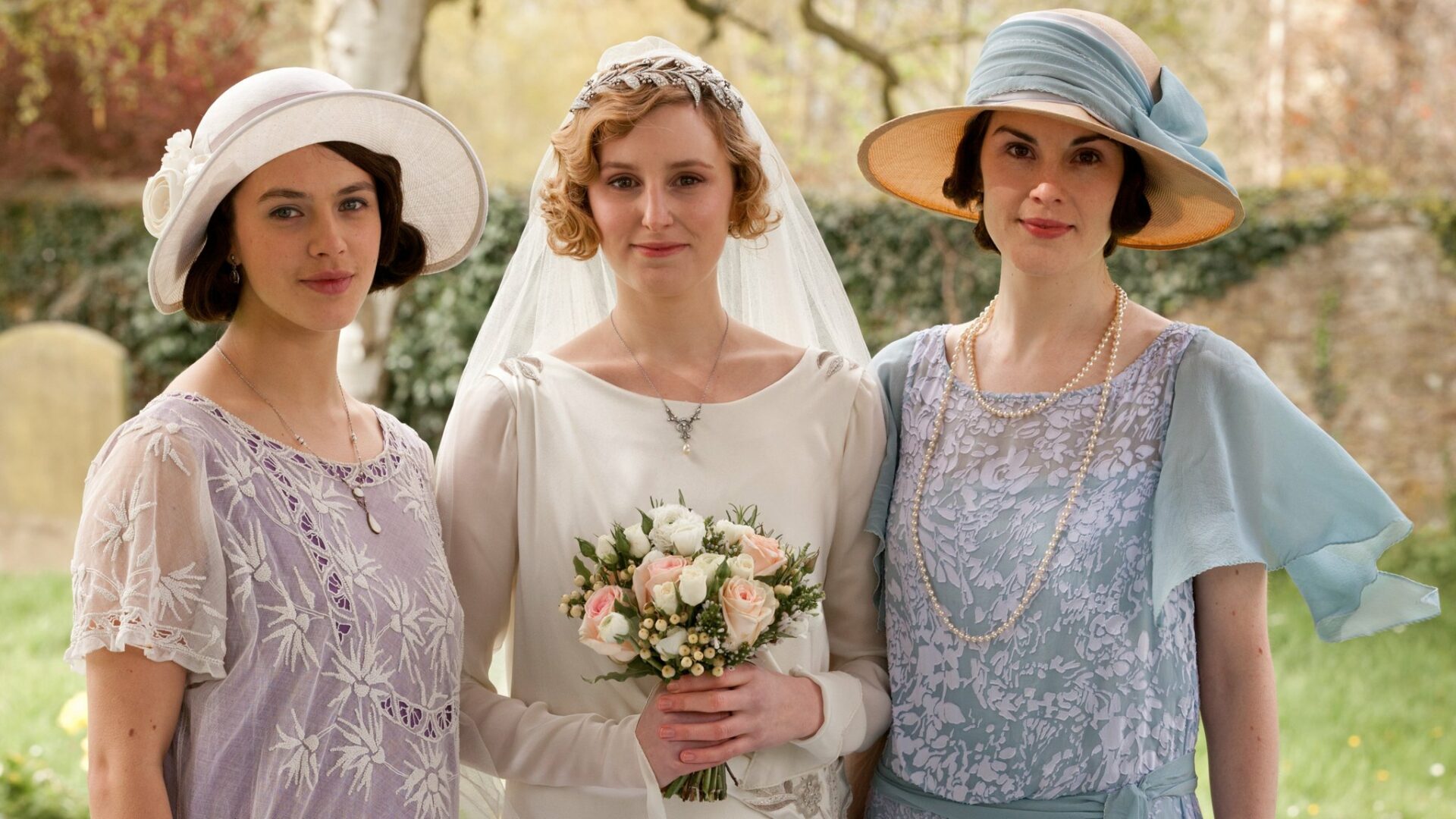Historians today emphasize that the political differences between England and the Continent reflected differences in social structure. England had its nobility or aristocracy ranging from barons to dukes. These nobles, plus Anglican bishops, composed the House of Lords. But in England, the younger sons of nobles were not themselves titled nobles, as they were on the Continent.
Still, they were members, usually top members, of a complex social and political group that also included the squires and rich bankers and merchants, who almost always acquired landed estates and became squires themselves. This group comprised, in addition, leading lawyers and civil servants, the Anglican clergy, professors at Oxford and Cambridge (who at first were usually Anglican clergymen), officers in the army and navy, and a scattering of others in the liberal professions. this large and diverse group was never a closed caste and remained open to the socially mobile from the lower classes.
The imprecise terms gentry and gentlemen are sometimes applied to this group, although the former is too exclusively rural in connotation and the latter is not always accurate in its implication that gentlemen invariably own enough property or capital so that they do not have to work for a living. Perhaps “ruling elite” or “establishment” would be as good names as any for this uniquely English class.

